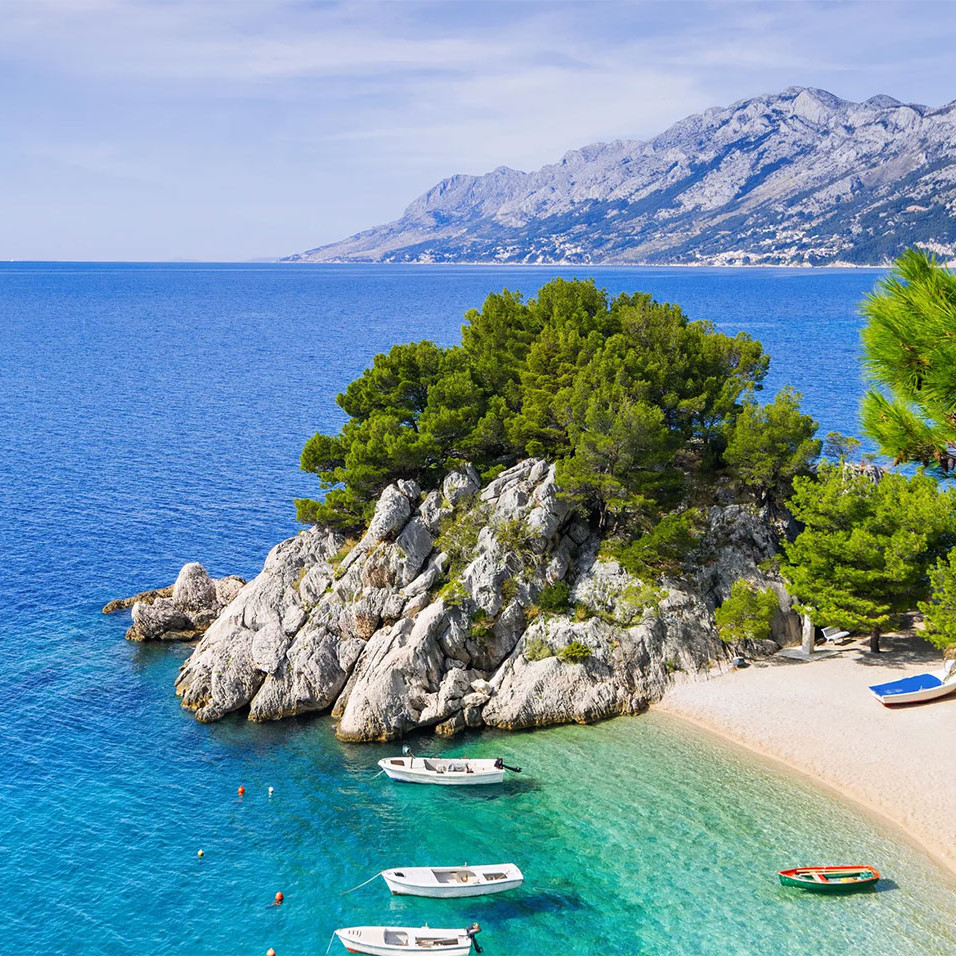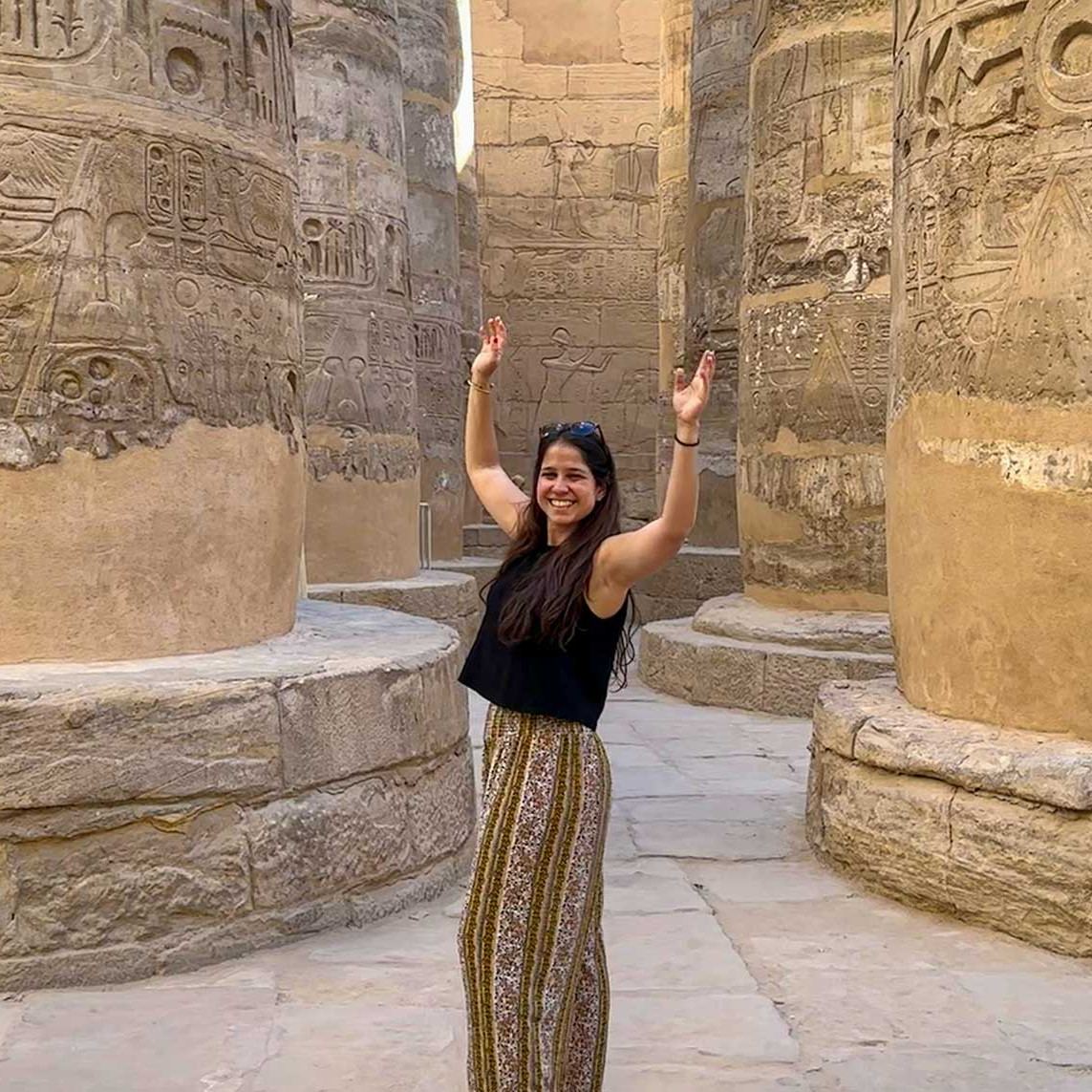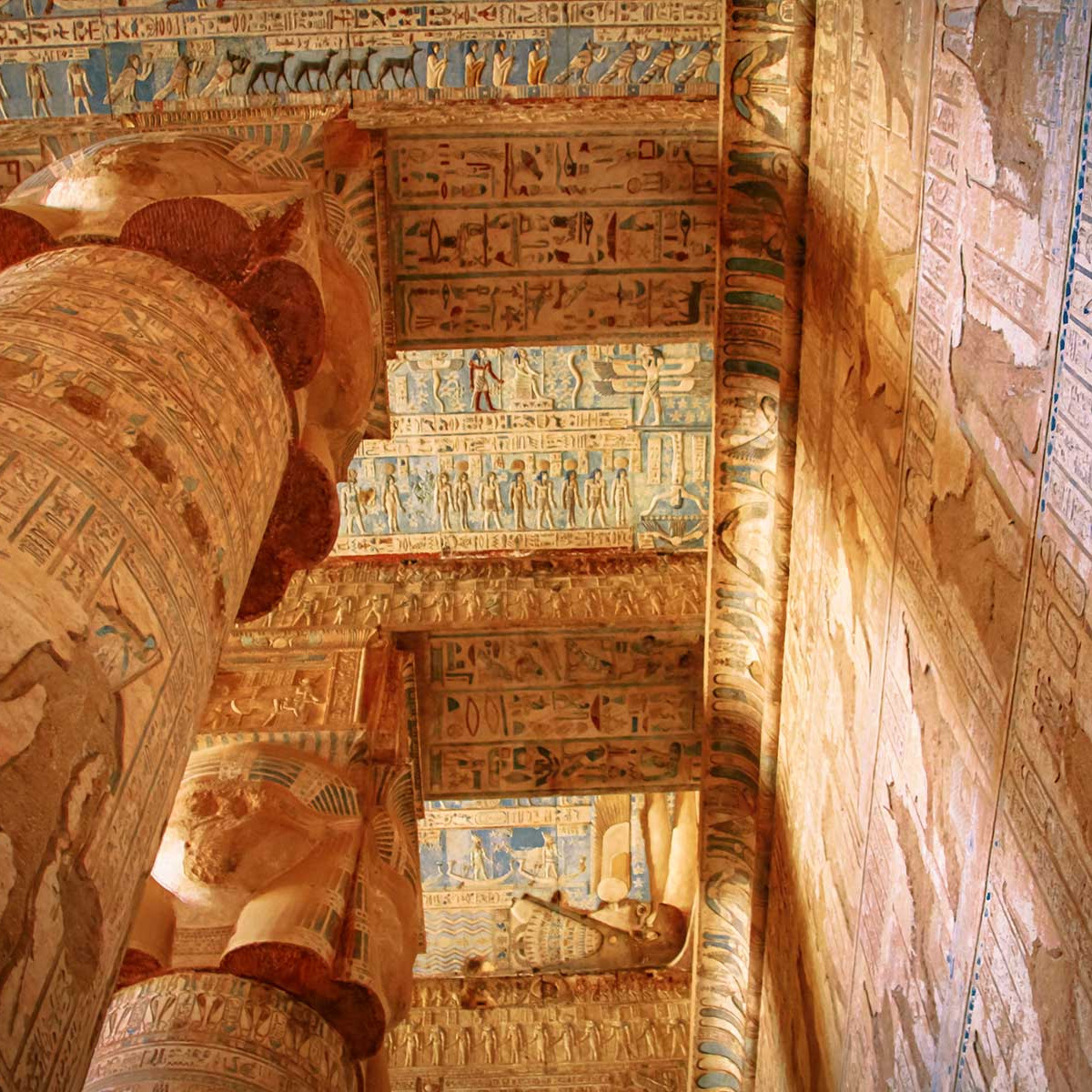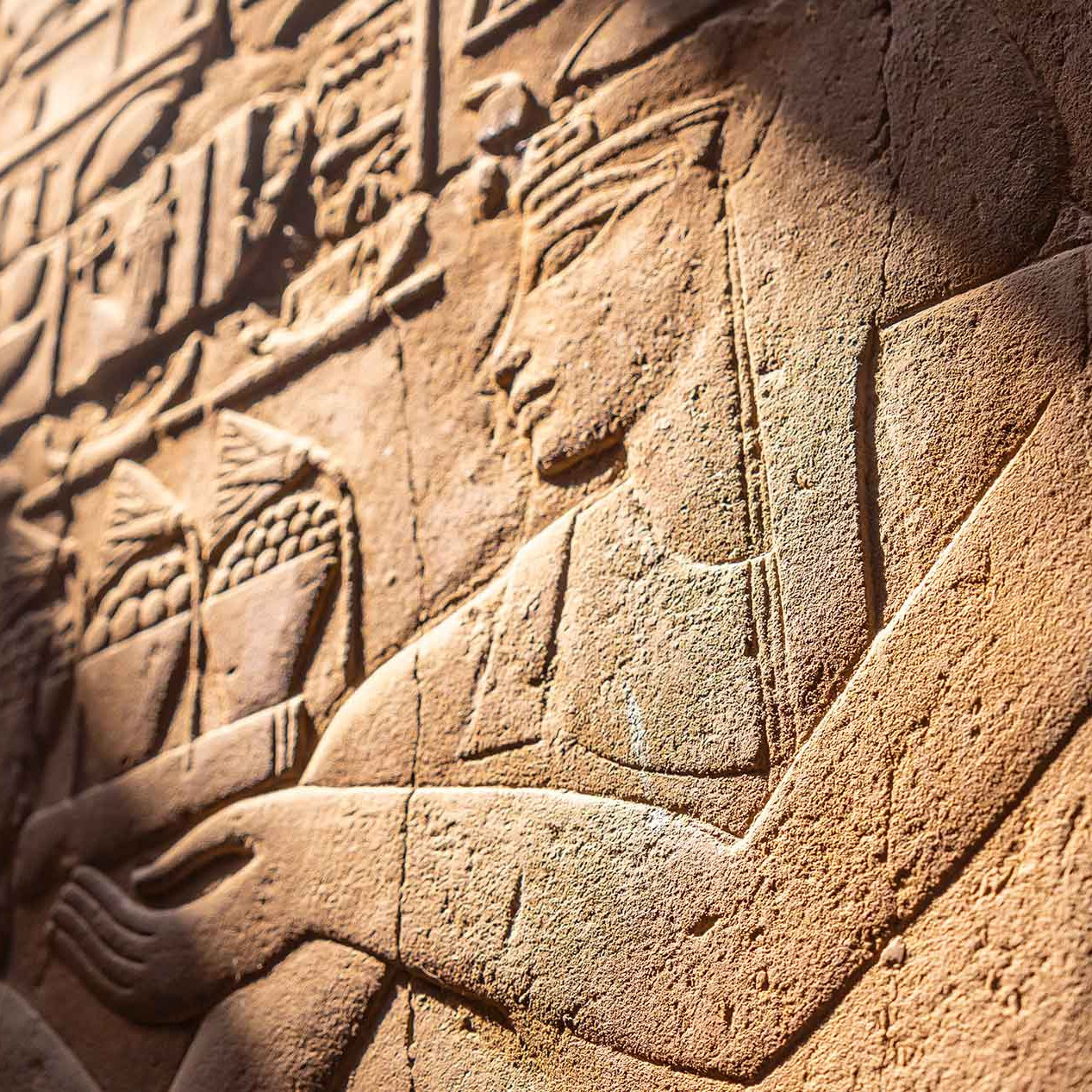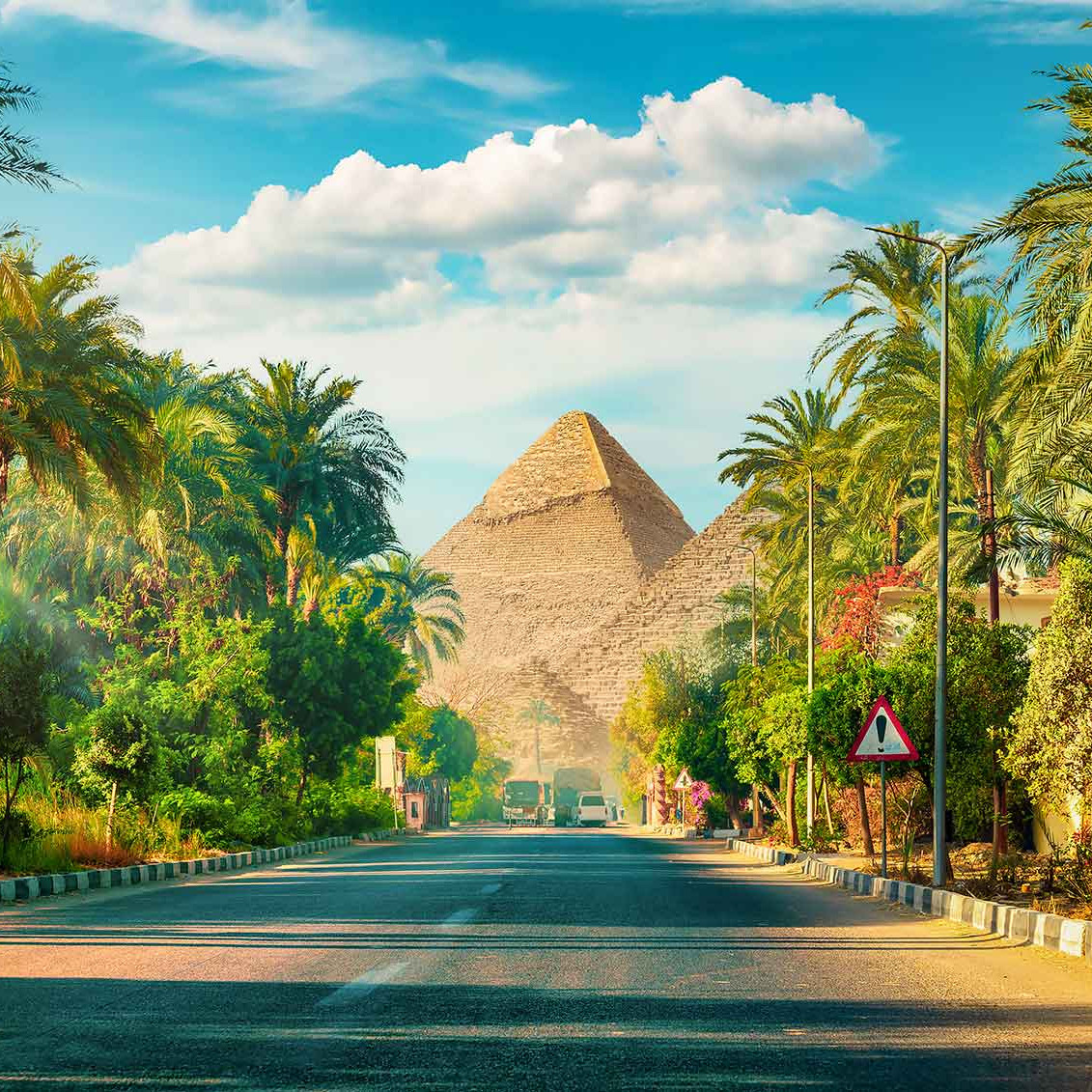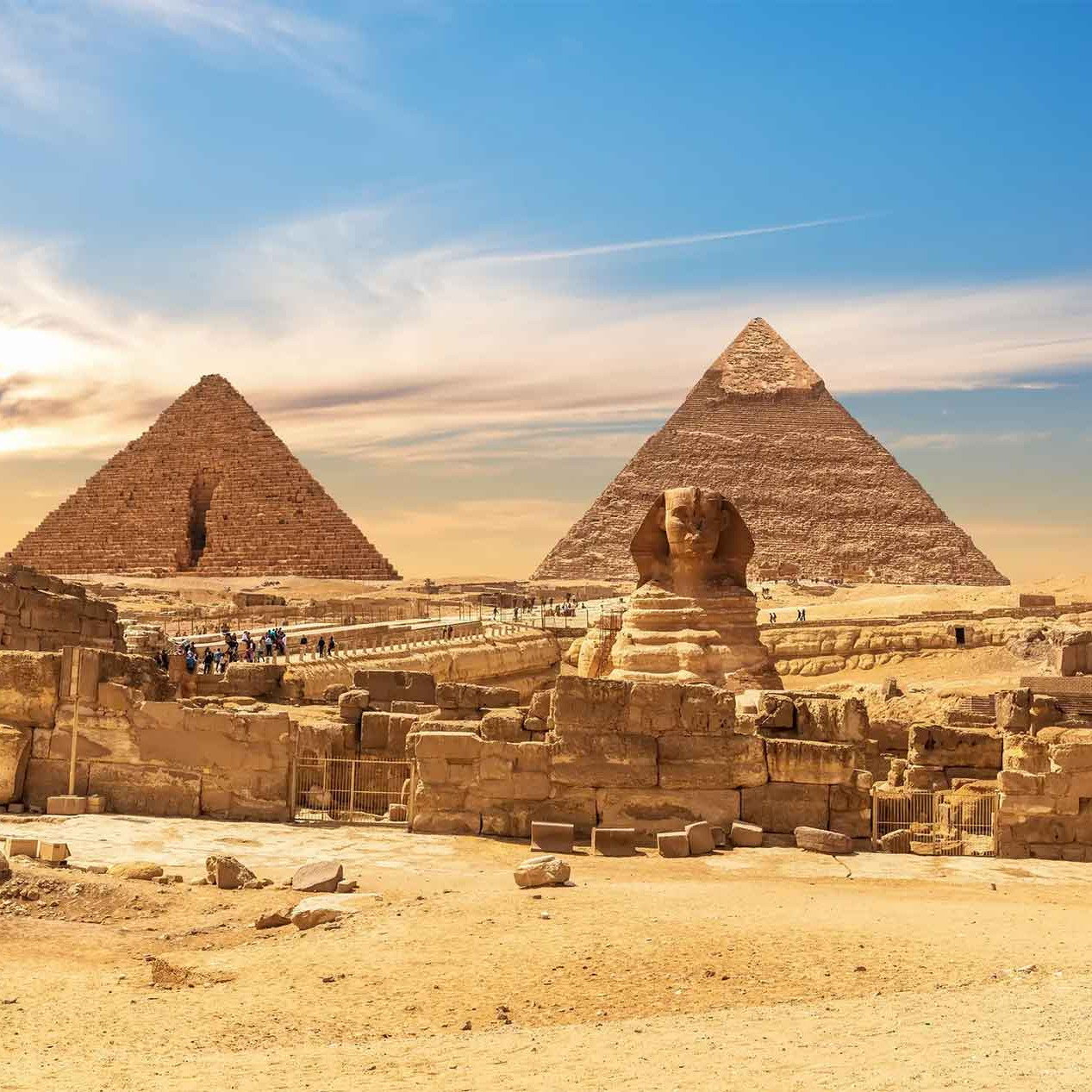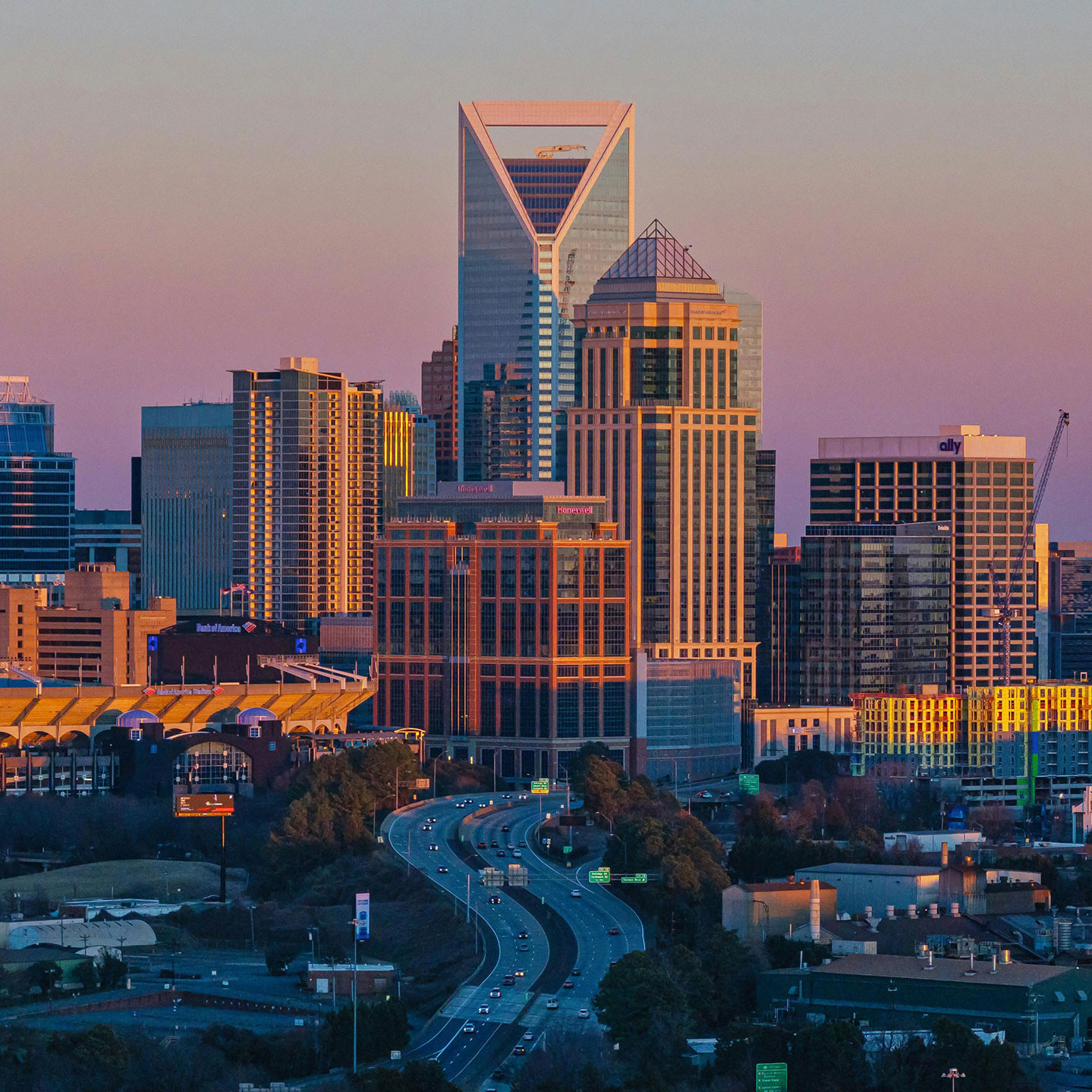The Eiffel Tower
With a total height of 1,052 feet (320 mt) and weight of 7000 tons, the Eiffel Tower was built from 1887 to 1889 to celebrate the technology progress and and engineering achievements of its age; an example of modern architecture, nowadays an icon of France and one of the most internationally recognized symbols of the world. The open-lattice wrought iron tower is located on the Champ de Mars in Paris, France.
It its visited by approx. 7,000,000 visitors each year, making it the most visited monument in the world; and architectural wonder.
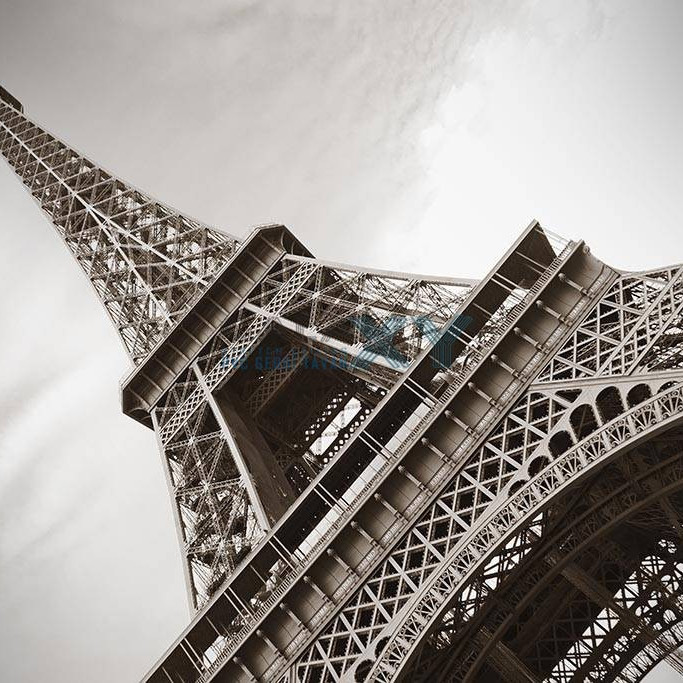
History
The project was a proposal for the 1889 Exposition Universelle; which celebrated the 100th anniversary of the french revolution. The city wanted to built a monument in the Champ-de-Mars to honor this event, and to serve as the exposition’s entrance. The commission was granted to Eiffel’s construction firm, after they reviewed the plans and designs he submitted for the contest (which they won)
Although Gustave Eiffel usually receives full credit for the design of this architectural wonder, the original design is attributed to Maurice Koechlin and Émile Nouguier, two senior engineers of Eiffel’s firm. Stephen Sauvestre, the head of the company’s architecture department later contributed to the design as well. Construction begun in 1887. Each of the 18,000 pieces used to build the tower were prepared in Eiffel’s factory in Paris.
The tower brought a lot of controversy to Paris, as it was thought that it would be impossible to build, that it would interfere with the beauty of the city, and that the tower didn’t have any particular purpose but to show off french architecture. A petition with over 300 names was signed to avoid its construction.
This is an extract of the “Protest against the Tower of Monsieur Eiffel” in 1886.
“We come, we writers, painters, sculptors, architects, lovers of the beauty of Paris which was until now intact, to protest with all our strength and all our indignation, in the name of the underestimated taste of the French, in the name of French art and history under threat, against the erection in the very heart of our capital, of the useless and monstrous Eiffel Tower which popular ill-feeling, so often an arbiter of good sense and justice, has already christened the Tower of Babel. (…)
Is the City of Paris any longer to associate itself with the baroque and mercantile fancies of a builder of machines, thereby making itself irreparably ugly and bringing dishonour ? (…). To comprehend what we are arguing one only needs to imagine for a moment a tower of ridiculous vertiginous height dominating Paris,just like a gigantic black factory chimney, its barbarous mass overwhelming and humiliating all our monuments and belittling our works of architecture, which will just disappear before this stupefying folly.
And for twenty years we shall see spreading across the whole city, a city shimmering with the genius of so many centuries, we shall see spreading like an ink stain, the odious shadow of this odious column of bolted metal.
The tower was invented to be a temporary exhibit and to last 20 years, however, it was saved thanks to its value as a radiotelegraph to the war, as well as the transmissions and telecommunications that needed the tower’s antenna to exist. The tower is still home to more than 120 antennas.
Hitler ordered its demolition in II World War when France was under German occupancy, but thankfully the command was never followed through. French resistance even cut the tower’s elevator cables to force the Nazis to climb it to hoist their flag.
It was the tallest structure in the world until the Chrysler Building in New York was built in 1930 and the Empire State in 1931. An antenna was added in 1957, increasing its height by 65 feet, and surpass the Chrysler Building (but not the Empire State). Nowadays it has been surpass by a number of buildings.
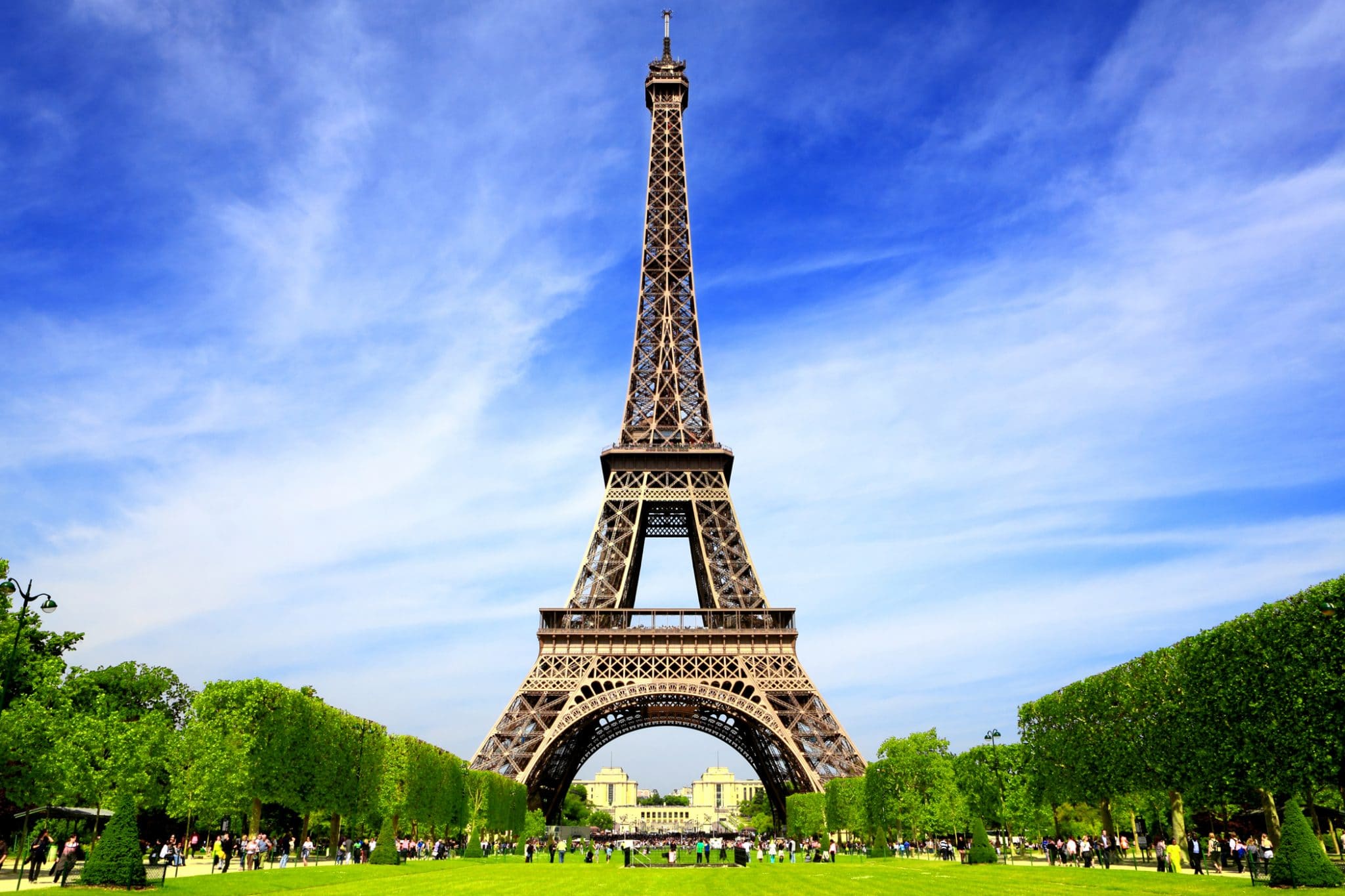
The tower has three different levels or platforms for visitors, excluding the base, from where you can see how the machinery powers the elevators.
The first and second levels offer observatories as well as souvenir shops, 2 restaurants, a banquet hall, a bar, a post office and a gallery.
The third level provides exceptional panoramic views of Paris and its surroundings rom 905 feet (276 meters) above the ground, the higher observation deck accessible to the public in the European Union, as well as a meteorology lab, from where cosmic rays were discovered.
At night, this metallic structure sparkles with lights, which change every hour.
We have to consider the various limitations that architecture and engineering had back and the day, and the fact they were able to built such a tall and big structure in a short amount of time, under budget and that was also able to withstand the winds is nothing but amazing and admirable, as well as the fact that it was one of the first tall structures to have an elevator. There is no doubt why the Eiffel Tower is such an icon to the french as well as to the rest of the world.
Where to buy tickets
Tickets can be purchased to ascend by stairs or lift to the first and second levels. They can be purchased online or on-site. By purchasing tickets online, you can avoid long queues and ensure availability.
Hours: Mon-Sun 9:00 am 12:45.
Fun Facts about the Eiffel Tower
- They used wrought iron to demonstrate that the material could be as strong as stone while lighter
- The sun causes the tower to grow by around 5 inches.
- The nickname for the tower by the French is “The Iron Lady.”
- 300 workers and 2 years, 2 months, and 5 days of hard work were needed to build the tower.
- The Tower has 15,000 pieces of iron, 2.5 million rivets, and 1,671 steps to the top.
- It cost 7.8 million francs ($1.5 million).
- 500 employees are responsible for its daily operations.


